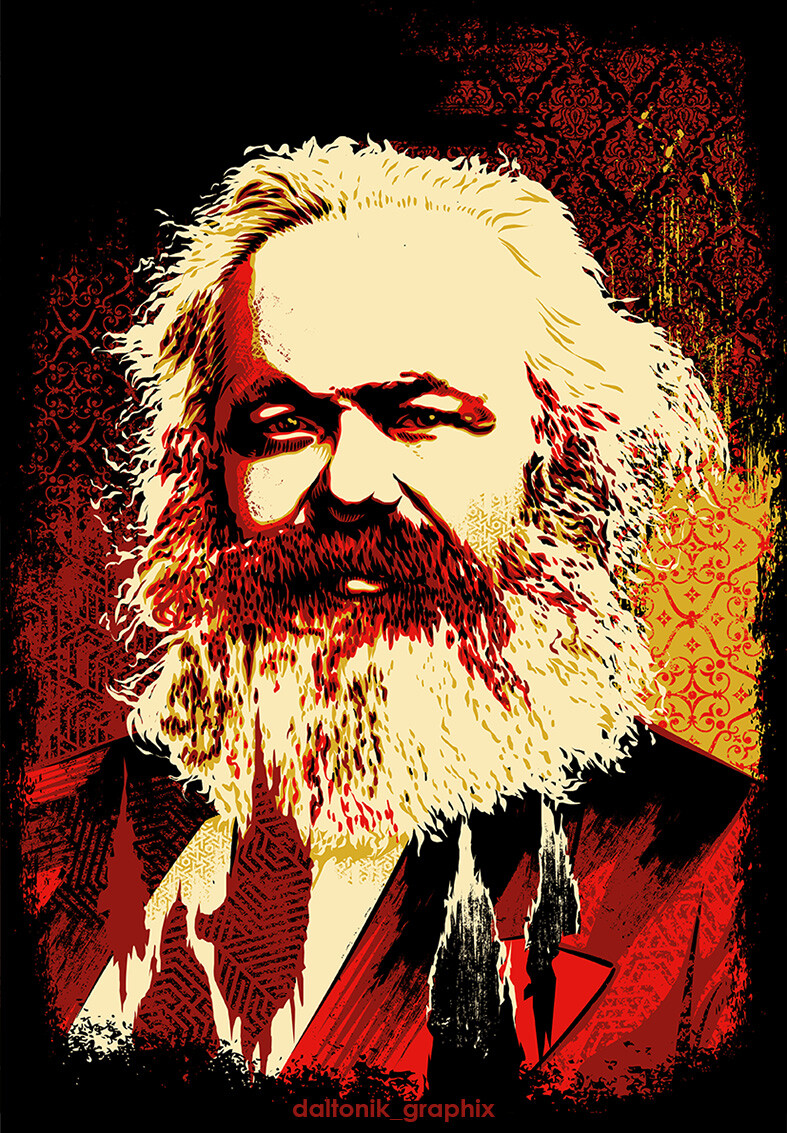

Marx talks more about profit and surplus value in Vol 3, but to cite a part from chapter 1, vol 3
In its assumed capacity of offspring of the aggregate advanced capital, surplus-value takes the converted form of profit. Hence, a certain value is capital when it is invested with a view to producing profit [4], or, there is profit because a certain value was employed as capital. Suppose profit is p. Then the formula C = c + v + s = k + s turns into the formula C = k + p, or the value of a commodity = cost-price + profit.
The profit, such as it is represented here, is thus the same as surplus-value, only in a mystified form that is nonetheless a necessary outgrowth of the capitalist mode of production. The genesis of the mutation of values that occurs in the course of the production process, must be transferred from the variable portion of the capital to the total capital, because there is no apparent distinction between constant and variable capital in the assumed formation of the cost-price. Because at one pole the price of labour-power assumes the transmuted form of wages, surplus-value appears at the opposite pole in the transmuted form of profit.
However, at the same time, it is a little more complicated? profit is not exactly the same as surplus value since in part one and part two of Vol 3, Marx goes into this more. ProleWiki also has something on this to https://en.prolewiki.org/wiki/Surplus-value#Profit_is_not_surplus-value.
but you also have the rate of profit with the rate of surplus value that does weird things. Where the rate of profit can fall, but the rate of surplus value can remain the same, along with the general rate of profit affecting things as a whole.
But from chapter 3 of vol 3
Here, as at the close of the preceding chapter, and generally in this entire first part, we presume the amount of profit falling to a given capital to be equal to the total amount of surplus-value produced by means of this capital during a certain period of circulation. We thus leave aside for the present the fact that, on the one hand, this surplus-value may be broken up into various sub-forms, such as interest on capital, ground-rent, taxes, etc., and that, on the other, it is not, as a rule, identical with profit as appropriated by virtue of a general rate of profit, which will be discussed in the second part.






Chapter 13 answer that I think? If I remember and understood Marx right, but one of the things that affects the rate of profit is average organic composition of capital, mainly constant capital to variable capital, of a total capital. A thing to keep in mind is Marx refers to the total social capital, or capital as a whole. But anyways if there more constant to variable, profit starts to fall, and then capitalists need more variable capital/workers/or other ways of exploiting labor power, to keep the same rate of profit or to increase it. Since surplus value is factored into the rate of profit. Since rate of profit is surplus value over the total capital. Or as Marx puts it
But you get a lot of dynamics going on like the more developed capitalism is in a country is, the lesser the rate of profit I think due to more constant capital? but in countries where capitalism is less developed, the higher the rate of profit, due to more variable capital.
Also with the your original question of profit and surplus value, if it helps more, there this from chapter 2 from vol 3
spoiler tagging since I don't want quotes to take up the whole page
Also to just Just to quote some parts from vol 3, mainly chapter 13 that might also help?
spoiler
To add Marx also goes into counteracting the tendency of the rate of profit to fall here in chapter 14 one of them increasing the exploitation of labor. If you check out those chapters and I think chapter 15 to, Marx has examples in them, but in chapter 13 and 14 he tries to give examples.